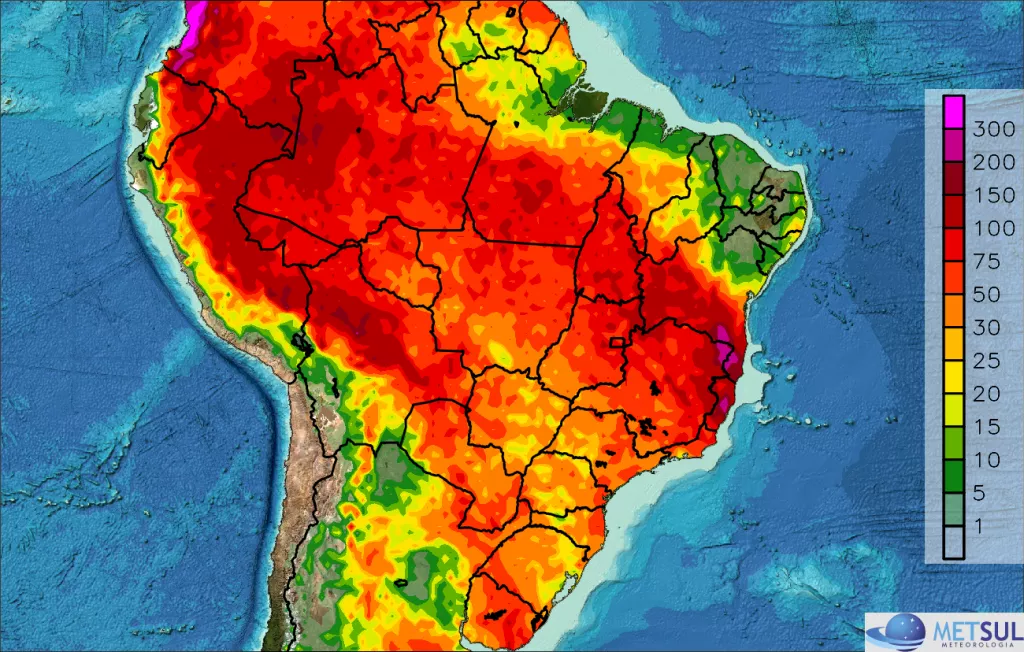Climate is one of the most intriguing phenomena shaping our planet. From tropical jungles to scorching deserts, weather plays a crucial role in every aspect of our lives. On this journey of discovery, we'll explore what exactly weather is, why it's so important to study it, and how it differs from atmospheric weather.
I. Introduction to Climate
A. Definition of Climate: At its core, climate is the synthesis of average conditions of temperature, humidity, wind, atmospheric pressure and other elements in a specific region over an extended period, usually 30 years or more.
B. Importance of Climate Study: Understanding climate is crucial to a variety of fields, from agriculture to urban planning and predicting natural disasters. Studying climate helps us make informed decisions and adapt to environmental changes. It even helps us know if we’ll be able to enjoy the beach on that New Year’s trip!
C. Main Elements that Influence the Climate: Several factors, such as latitude, altitude, ocean currents and human activities, interact in complex ways to shape the weather patterns we observe. Here in Brazil, we study this in high school. Remember the Atlantic Polar Mass?
II. Types of Climate
A. Tropical Climate
The tropical climate is known for its high temperatures and humidity, creating ideal conditions for rich biodiversity and lush vegetation. This type of climate is predominant in areas close to the equator and is characterized by average annual temperatures above 20°C.
Subtypes:
- Equatorial Climate: Present in regions close to the equator, such as the Amazon Rainforest, the equatorial climate is marked by high temperatures and abundant rainfall throughout the year.
- Monsoon Climate: Found in regions such as Southeast Asia, the monsoon climate has distinct rainy and dry seasons, with heavy precipitation during the summer and drier periods in the winter.
B. Temperate Climate
The temperate climate is characterized by its well-defined seasons, with hot summers and cold winters. This type of climate is common in mid-latitudes and is influenced by proximity to oceans and air masses.
Subdivisions:
- Oceanic Climate: Found in coastal regions, such as Western Europe, the oceanic climate is influenced by the moderate temperature of sea currents, resulting in mild summers and mild winters, with precipitation throughout the year.
- Continental Climate: Present in areas far from the ocean, such as the center of continents, the continental climate is characterized by extreme temperature variations between summer and winter, with harsh winters and hot summers.
C. Arid Climate
The arid climate is known for its low precipitation and aridity, creating desert and semi-arid landscapes. This type of climate is found in regions where evaporation significantly exceeds precipitation.
Characteristics:
- Low Precipitation: Regions with an arid climate receive little precipitation throughout the year, resulting in dry and arid conditions.
- Thermal Range: Due to the lack of moisture in the atmosphere, areas with an arid climate experience large temperature variations between day and night.
- Examples of Regions: Some examples of regions with an arid climate include the Sahara Desert in Africa, the Atacama Desert in South America, and the Arizona Desert in the United States.
Each type of climate has its own distinct characteristics that shape the ecosystems, agriculture, and lifestyles of the people who live in those regions. By understanding these climate differences, we can better appreciate the diversity and complexity of our planet Earth.
III. Difference between Climate and Weather
A. Difference in Weather and Climate: Weather refers to the momentary conditions of the atmosphere at a specific location and time, including factors such as temperature, humidity, and wind. Climate is a long-term average of atmospheric conditions. Therefore, the weather is volatile and constantly fluctuates, being a momentary representation of atmospheric conditions.
B. Factors that Influence Weather: The weather is influenced by short-term weather systems, such as cold fronts and air masses, which can change quickly and affect our daily activities.
Conclusion
In short, the weather plays a vital role in our lives, influencing everything from our daily activities to our survival strategies. By understanding the different types of weather and their nuances, we can better prepare ourselves to deal with the environmental challenges we face on our ever-changing planet. Always remember that while climate is a region's personality, weather is its momentary mood.
